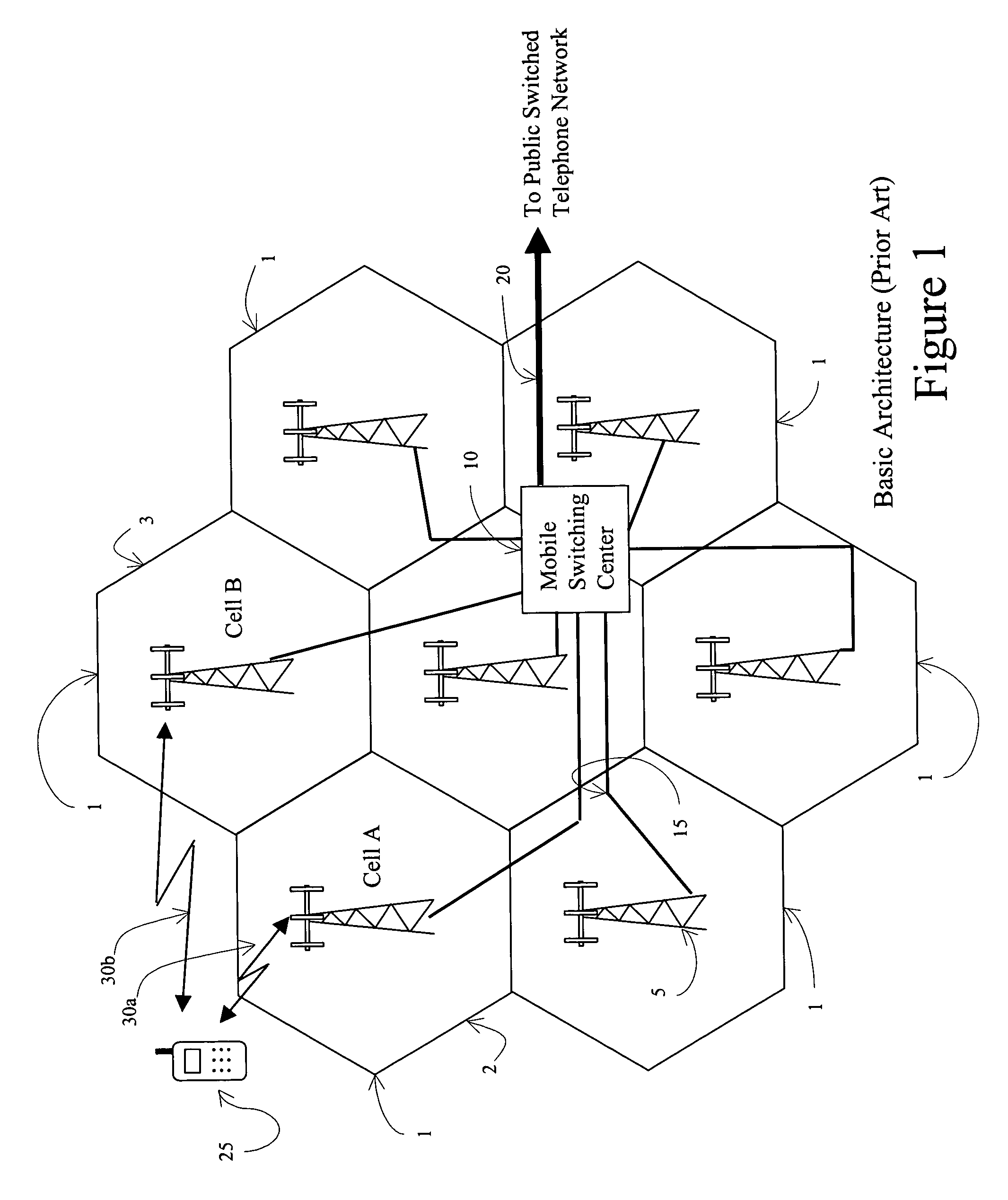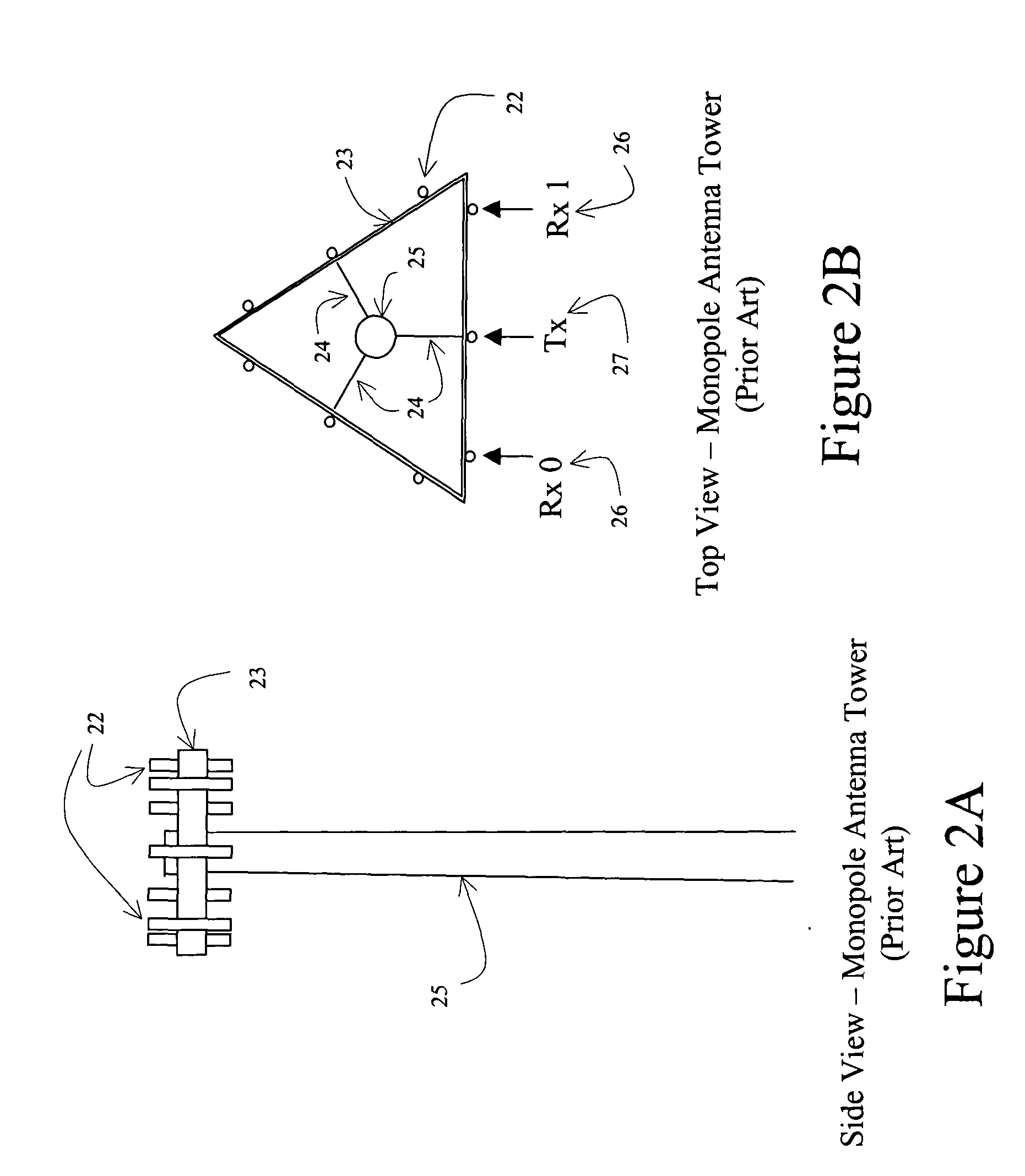Systems and methods for billing a mobile wireless subscriber for fixed location service
a mobile wireless and fixed location technology, applied in wireless communication services, wireless commuication services, electrical equipment, etc., can solve the problems of increasing the usage rate of wireless subscribers, increasing the cost of subscribers, increasing the charges of subscribers, etc., and achieves the effect of increasing the revenue of subscribers and flexible billing arrangements
- Summary
- Abstract
- Description
- Claims
- Application Information
AI Technical Summary
Benefits of technology
Problems solved by technology
Method used
Image
Examples
Embodiment Construction
[0028] As required, a detailed illustrated embodiment of the invention is disclosed herein. However, the operating structures and processes associated with the illustrated embodiment of the invention may be altered in other embodiments, in a wide variety of forms, some of which may differ significantly from the disclosed embodiment. Consequently, the specific structural and functional details disclosed herein are merely representative; yet in that regard they are deemed to afford the best embodiment for disclosure and to provide a basis for the claims herein, which define the scope of the present invention.
[0029] The present inventions will now be described more fully with reference to the accompanying figures, in which some, but not all embodiments are shown. In various figures, similar elements are illustrated multiple times, but are not numbered in every instance so as to make the figures easier to comprehend. Like numbers refer to like elements throughout the figures.
[0030] In...
PUM
 Login to View More
Login to View More Abstract
Description
Claims
Application Information
 Login to View More
Login to View More - R&D
- Intellectual Property
- Life Sciences
- Materials
- Tech Scout
- Unparalleled Data Quality
- Higher Quality Content
- 60% Fewer Hallucinations
Browse by: Latest US Patents, China's latest patents, Technical Efficacy Thesaurus, Application Domain, Technology Topic, Popular Technical Reports.
© 2025 PatSnap. All rights reserved.Legal|Privacy policy|Modern Slavery Act Transparency Statement|Sitemap|About US| Contact US: help@patsnap.com



